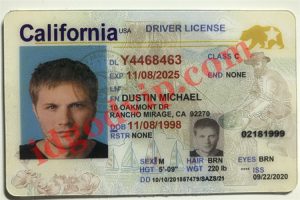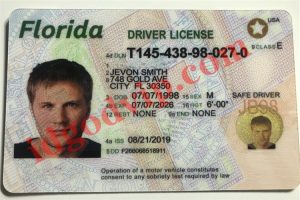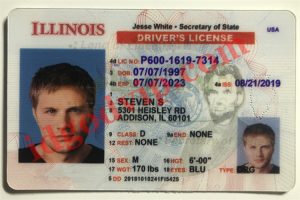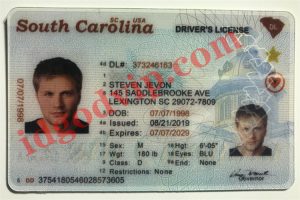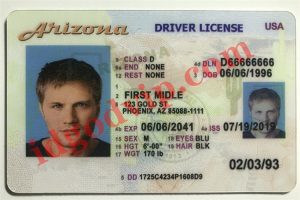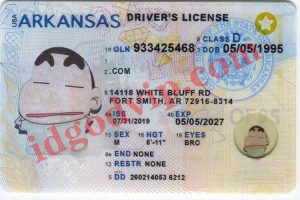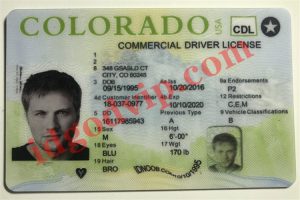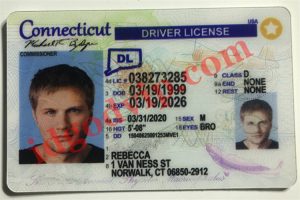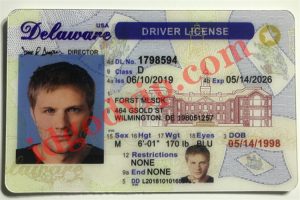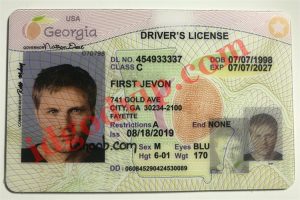Teach you how to identify a good fake ID card part 2
- Check the hologram
Holograms are an advanced security feature of ID. Unfortunately, this is no longer the case. Most fake id websites don’t have any problem with holograms. For example makingafakeid.com.
However, the quality of the hologram still degrades. For example, I have bird holograms on my Massachusetts license. Some features are difficult for fake identity makers to replicate. It has small eyes, a small letter that says “Massachusetts,” and my initials and date of birth.
Few of those making a fake id can directly reproduce such high-quality holograms. So they try to cheat. They can only print holograms directly on card stock. I hope people don’t realize it wasn’t raised at all. Or they might give up getting rid of their eyes.
Anyway, if you’re familiar with what the correct hologram looks like, and especially how to lift and remove it from the card itself, you can easily find it when fake ID makers drop it.
- Check the back
Fake id websites make enough fake IDs to satisfy overworked guards and college students who just spent their last $100.
What do these two groups have in common? They actually checked the front of the ID card and then scanned the back.
Fake ID makers know this. Therefore, the letters on the back are usually more casual. Unlike the text on the front, the text on the back may be misplaced, spotted or combined.
- Check the laser punch
Another very common safety feature is laser drilling. It’s easier to see if you look at the back of your ID. You’ll notice a small hole, probably in the shape of your state.
Expensive lasers are required to drill clean and aligned holes. As you may have discovered by now, this is not something fake id websites tend to have.
So they do their best to machine stamping. This can cause poorly aligned holes to look messy or slightly scratched.
- Check photos
Do you remember the photo you took for the license? They make you stand in front of a blank background. There are strong, direct lights on your face, and they make for high-quality photos.
This is not how people take id card fake photos. Their friends took pictures with their camera phones in front of a blank wall. Next, the fake ID maker pastes the photo onto the ID card in Photoshop.
Therefore, in fake ID photos, Photoshop may leave artifacts such as hair edges. Shade may not appear in strong direct sunlight. Photos may be of poor quality or blurry.
The conclusion is
Fake IDs are better than ever, driving symbiotic demand among 19-year-olds, mostly in bars and American cities, as a necessity for underage drinking. This can be a problem, as it means that non-underage drinking criminals can also get incredibly high-quality scannable fake IDs.
However, these id card fakes are not perfect. You can find fake passports without being familiar with what individual state ID cards or national passports look like. You just have to look carefully.
